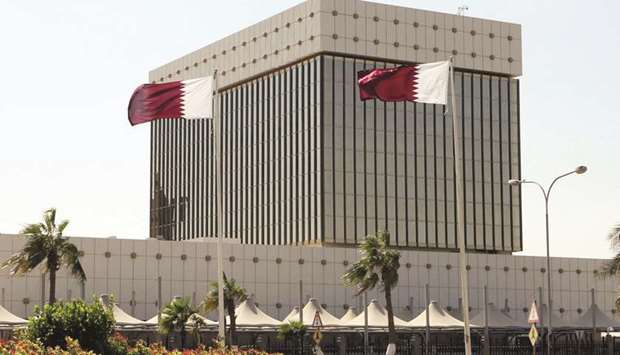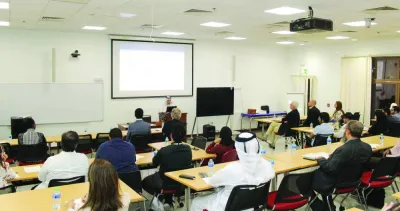Qatar’s large positive net foreign assets (154% of gross domestic product, or GDP) and uninterrupted hydrocarbon will keep the economy resilient, according to the US-based Institute of International Finance (IIF).
Although the Gulf crisis has impacted the flow of people, trade, and capital and delayed the execution of some non-priority projects, the production of liquefied natural gas has not been affected, Washington-based IIF said, pegging Qatar’s growth projection at 1.3% this year from the previous estimate of 2.2%.
It is almost four months since Saudi Arabia, the UAE, Bahrain, and Egypt cut diplomatic ties and transport links with Qatar, which however, braved the odds by diversifying its sources of imports, thus alleviating the risk of potential shortages.
The Omani ports and Iranian airspace are now being used, and Turkey became the main source for food imports. On September 7, the authorities officially opened a major seaport that will allow Qatar to bypass the blockade.
Expecting Doha’s fiscal deficit (including investment income from Qatar Investment Authority) to narrow from 9% of GDP in 2016 to 5% in 2017, IIF said the deficit excluding investment income from non-hydrocarbon revenues is slated to be around 12.2% of GDP in 2017 and 9.3% in 2018.
“Given the still large public foreign assets (214% of GDP), the authorities will remain in a strong position to meet domestic funding requirements,” it said. However, it also highlighted that seeking foreign funds in the current situation would be difficult as investors have factored in the political risk.
Finding that Qatari banks have faced temporary funding pressure in recent months as several major foreign funds withdrew about $26bn (16.5% of GDP) of foreign funding (in the form of $10bn of non-resident deposits and $16bn of foreign bank loans); IIF said the liquidity injection by the Qatar Central Bank, and increased public sector deposits, have mitigated the impact on the balance sheets.
Public sector deposits, estimated at $80bn, grew 70% from May to August 2017, more than offsetting the decline in non-resident deposits.
“We believe that further declines in non-resident deposits will be limited. Meanwhile, the authorities in Qatar have taken steps to boost liquidity of banks,” it said. Non-resident capital inflows, which peaked at $45bn in 2016 (27% of GDP), are expected to evaporate in 2017 due to the sharp decline in non-resident deposits and subdued borrowing from the international markets, according to IIF.
Despite the decline in non-resident deposits, total deposits still increased by 1.3% from May to July and the year-on-year increase in July is still high at 12.7%, it said, adding growth in credit to the economy, however, has decelerated to 2.8% in July, year-on-year, largely due to weaker economic activity.
Business / Eco./Bus. News
Foreign assets, uninterrupted hydrocarbon to keep Qatar economy resilient, says IIF

Liquidity injection by the Qatar Central Bank and increased public sector deposits have mitigated the impact of temporary funding pressure in recent months on the balance sheets of Qatari banks, says IIF.



